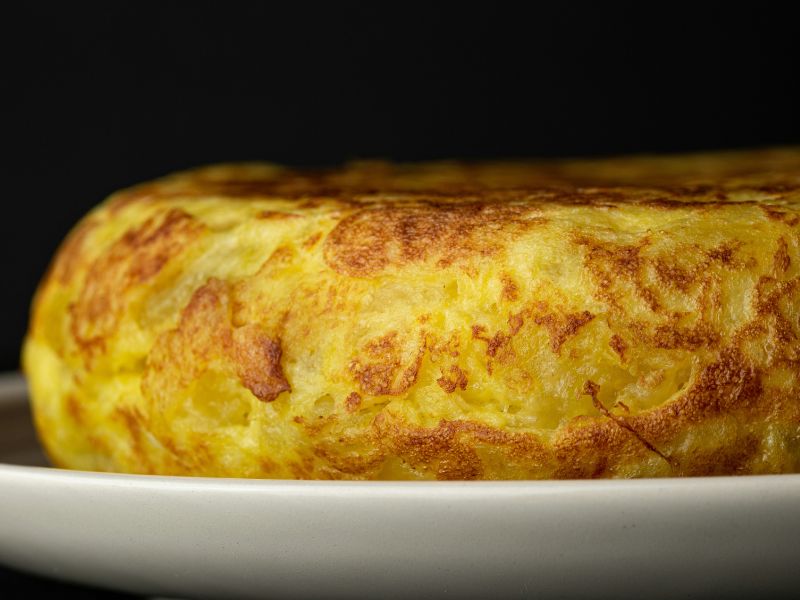A typical dish of Cosenza’s culinary tradition, whose origins date back to ancient times, the nchiambara cosentina was born as a peasant dish, prepared with simple ingredients, easily available in the Calabrian countryside.
Simple but tasty ingredients
The word “nchiambara” comes from the dialect term “inciambare”, meaning “knead”, a clear reference to the process of kneading the main ingredients.
The beauty of the nchiambara lies in its simplicity. The main ingredients are corn flour, water, olive oil and a pinch of salt. However, there are variations that complete the dish with the addition of ingredients such as bell peppers, onions, tomatoes and sometimes bacon or sausage.
Preparation: A traditional Rite
Making a nchiambara is a ritual that requires care and attention. The process starts by mixing the corn flour with water and salt until the dough is smooth. This dough is then poured into a warm pan with olive oil, where it cooks slowly until it forms a sort of thick polenta. Next, the other ingredients are added, such as onions, and they are browned along with the dough.
Cooking should be slow and consistent, to allow the ingredients to blend together perfectly and to ensure the dish has a soft and tasty texture. Some recipes also include a second baking step to give the nchiambara a crispy golden crust.
The Nchiambara today
Today, nchiambara is a dish that is served in many trattorias and restaurants in Cosenza, often as an appetizer or side dish. Despite its humble origins, it has become a symbol of the local culinary tradition and a favorite for both locals and tourists. Its simplicity and authentic taste perfectly represent the soul of Calabrian cuisine, which enhances genuine ingredients and preparation techniques handed down from generation to generation.
An invitation to discover tradition
If you are in Cosenza, don’t miss the opportunity to taste the nchiambara. This dish will send you on a real journey through time, discovering the authentic flavors of a cuisine that, while evolving, remains deeply tied to its roots.






